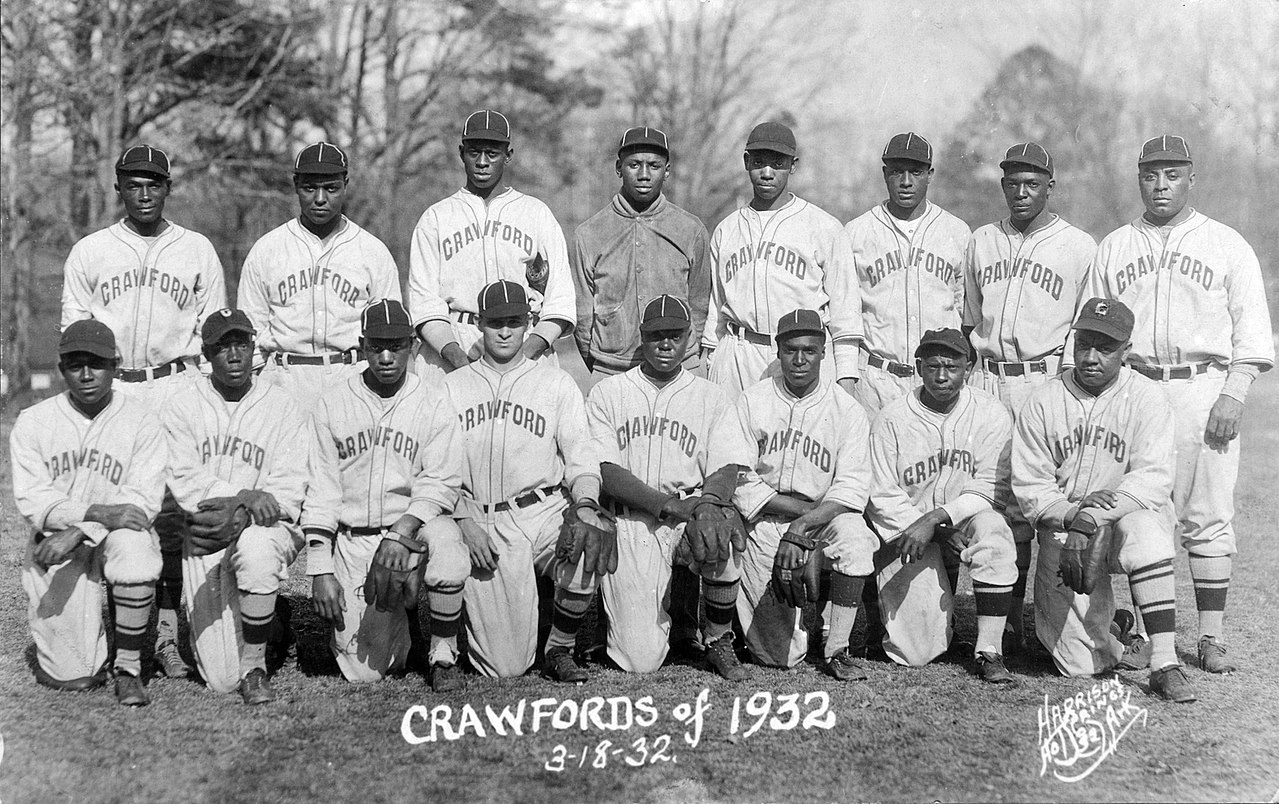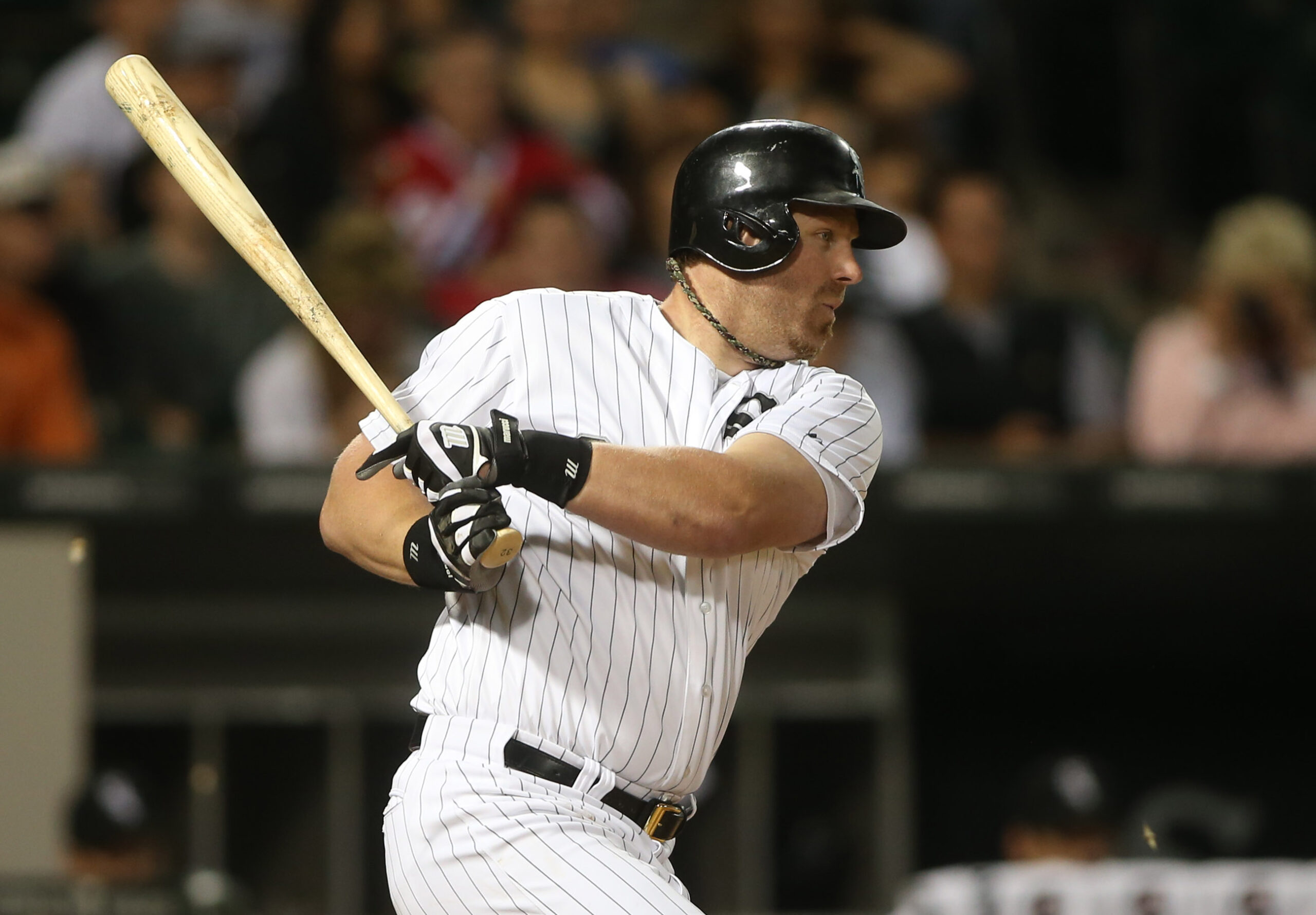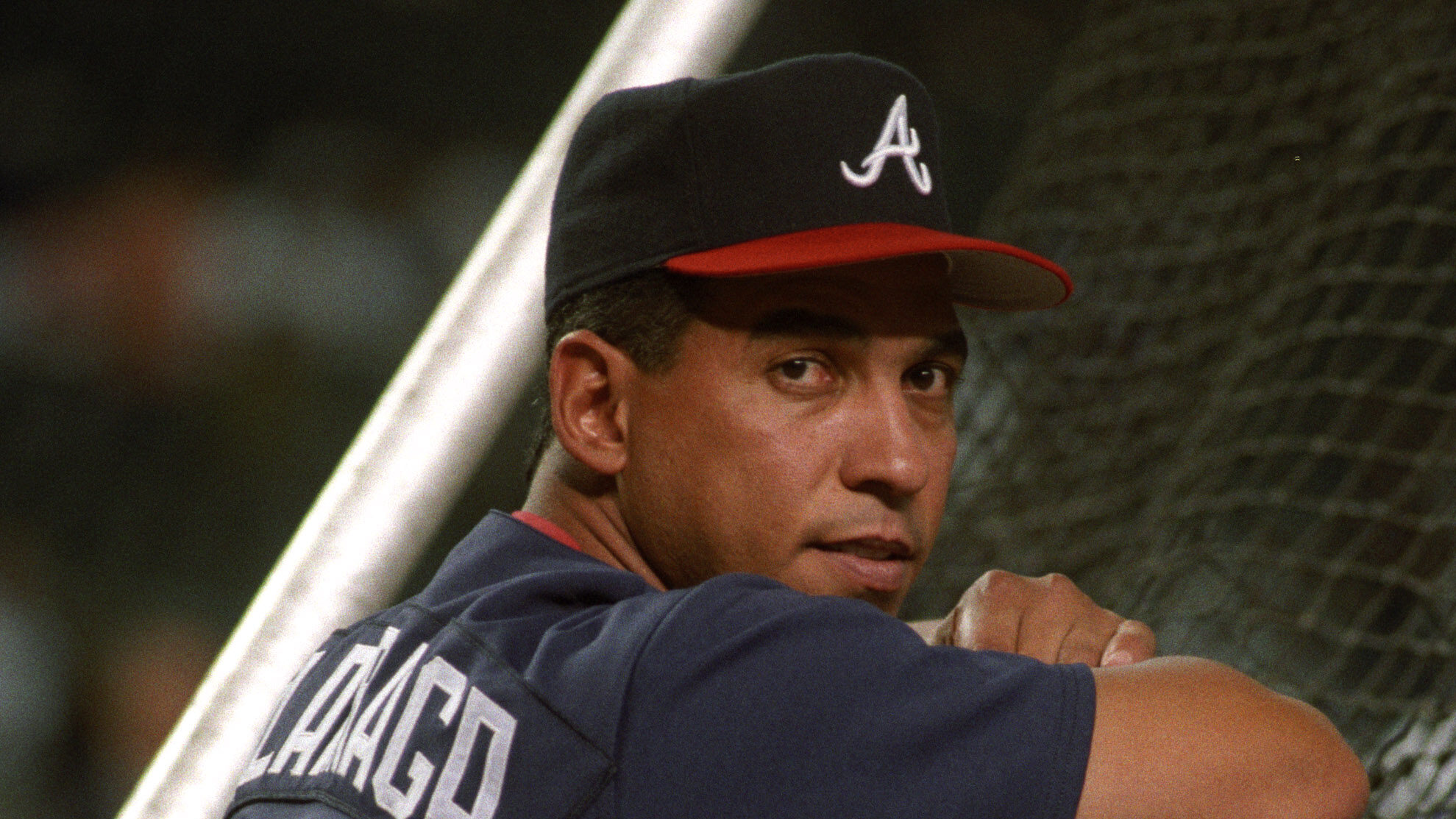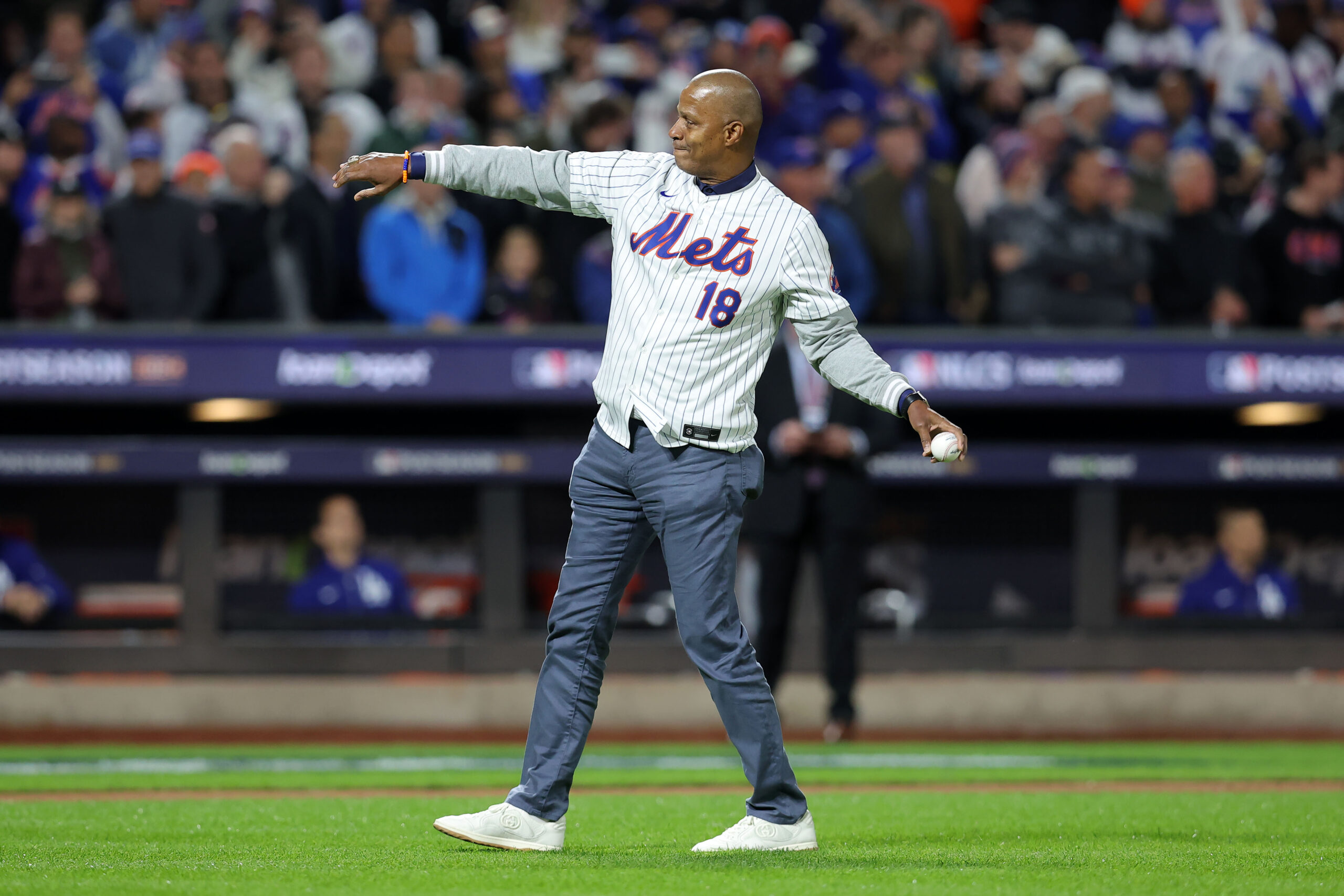
Step into hallowed baseball grounds where legends are born. Few moments ignite the imagination like mammoth home runs. These titanic blasts transcend simple measurement, becoming the stuff of baseball mythology. Debates about distances add to their mystique. The larger-than-life figures who hit them have stamped their names on history’s pages.
Below we explore baseball’s most legendary long-distance home runs in descending order by their reported distances. We’ll examine both factual records and mythical qualities that have made these moments extraordinary.
14. Joey Meyer – Denver Zephyrs (Brewers AAA) – 582 ft

On June 3rd, 1987, Joey Meyer etched his name in baseball history. Playing Triple-A ball for the Denver Zephyrs, he launched an astonishing 582-foot home run at Mile High Stadium. The ball soared impressively before landing in the stadium’s second deck. Officials painted the seat to commemorate this achievement.
Like a master chef who perfectly balances every ingredient, Meyer created the perfect recipe for power that day – strength, timing, and Denver’s thin air combining for maximum effect. Though Meyer’s MLB career proved brief, his legend endures among baseball’s power-hitting lore. Modern statistics might measure this differently today, but the raw power required remains impressive regardless of conditions.
13. Josh Gibson – Homestead Grays – 580 ft (estimated)

In 1937, Josh Gibson reportedly unleashed a blast that has become iconic in baseball history. Playing for the Homestead Grays of the Negro Leagues, Gibson crushed a home run at Yankee Stadium that witnesses claimed traveled an estimated 580 feet. The ball allegedly slammed into the back wall. “The Sporting News” reported this marvel, helping cement Gibson’s legacy.
Gibson’s legendary shot takes on additional significance when considering the context of segregated baseball. Without access to modern measurement technologies, Negro League achievements often relied on eyewitness accounts. His power was so undeniable it transcended these limitations. It’s like a beautiful symphony heard only by a few listeners yet powerful enough that those lucky witnesses could never forget the experience.
12. Babe Ruth – New York Yankees – 575 ft

On July 18th, 1921, Babe Ruth shattered records with a blast that defined an era. Playing for the Yankees against Detroit at Navin Field, Ruth hit his 139th career homer. With winds blowing at 20 mph, his shot traveled an estimated 575 feet. The moment gained extra drama as Tigers manager Ty Cobb had previously ordered his pitchers to walk Ruth intentionally.
Ruth’s colossal home runs helped transform baseball from the “deadball era” into the power-hitting spectacle fans recognize today. His impact on baseball reminds me of how “The Godfather” revolutionized cinema – everything that came after was measured against it. Contemporary accounts describe stunned silence followed by thunderous applause as spectators witnessed something they’d never thought possible.
11. Bryce Harper – Las Vegas High School – 570 ft (High School)

At just 15 years old, Bryce Harper demonstrated the prodigious power that would eventually make him a household name. While playing as a freshman for Las Vegas High School, Harper hit a 570-foot home run that left coaches scrambling to measure the distance. This display of raw teenage power foreshadowed Harper’s meteoric rise. He earned his GED around age 17, played one year in junior college, and debuted in MLB at 19.
Harper’s high school blast serves as a compelling example of early talent identification in baseball. The relationship between raw talent and refined skill in baseball resembles a marriage – potential must be nurtured over time to grow into greatness. His subsequent career success adds credibility to what might otherwise seem like an exaggerated tale from the amateur ranks.
10. Mickey Mantle – New York Yankees – 565 ft

In April 1953, Mickey Mantle launched a home run that physics professors still discuss decades later. Playing for the Yankees against Washington at Griffith Stadium, Mantle crushed a pitch that traveled an estimated 565 feet. The ball cleared the left field fence, sailed past 32 rows of seats, and struck a sign 460 feet away.
What makes Mantle’s blast particularly remarkable was his legendary bat speed. His swing, like a perfectly composed concerto, combined timing, strength and technique to create something magical. Eyewitnesses claimed the ball was still rising when it left the stadium—a testament to the perfect combination of Mantle’s immense strength and ideal launch angle. This home run became a defining moment for the Commerce Comet.
9. Jose Canseco – Oakland Athletics – 540 ft (estimated)

During the 1989 American League Championship Series, José Canseco demonstrated why he was considered one of baseball’s most feared power hitters. Playing for the Oakland Athletics against Toronto at the SkyDome, Canseco crushed a home run estimated at 540 feet. The blast reached the stadium’s fifth deck, helping propel the Athletics to victory in the ALCS.
Canseco’s strength was legendary, though his subsequent admission of steroid use has complicated his legacy. His home run represents a pivotal moment in baseball history—occurring during what would later be identified as the “steroid era.” Much like the relationship between Instagram and self-image, this era forever changed how fans and analysts viewed power metrics in the game.
8. Mark McGwire – Oakland Athletics – 538 ft (estimated)

In 1996, Mark McGwire delivered a demonstration of pure power against one of baseball’s most intimidating pitchers. While playing for the Oakland Athletics against Seattle in the Kingdome, McGwire faced Randy Johnson and hit a colossal 538-foot home run. The ball landed in a section of the stadium where no player had previously hit a homer.
What made this blast particularly impressive was the pitcher it came against. Johnson, a future Hall of Famer, was known for his devastating fastball-slider combination. McGwire’s ability to connect so solidly is like a sous chef perfectly timing when to flip a delicate soufflé – it required extraordinary precision combined with raw strength. This home run previewed the power display McGwire would showcase two years later during his record-breaking season.
7. Willie Stargell – Pittsburgh Pirates – 535 ft (estimated)

In 1978, Willie Stargell hammered a home run that left an indelible mark on Olympic Stadium in Montreal. Playing for the Pittsburgh Pirates, “Pops” crushed a pitch from the Expos that traveled an estimated 535 feet into the upper deck. The crowd’s stunned reaction underscored the magnitude of Stargell’s achievement.
What makes Stargell’s blast particularly impressive was his age—35 at the time, when most power hitters begin declining. His distinctive windmill batting style, with the bat circling dramatically before coming forward, generated tremendous torque. This home run exemplified why teammates and opponents alike respected Stargell. His impact reminds me of Marlon Brando in “On the Waterfront” – a powerful performance that demanded attention and respect.
6. Adam Dunn – Cincinnati Reds – 535 ft

In August 2004, Adam Dunn demonstrated the raw power that defined his career. Playing for the Cincinnati Reds against the Los Angeles Dodgers, Dunn crushed a pitch that traveled 535 feet. The ball cleared the center field batter’s eye completely, exiting Great American Ball Park entirely. Some witnesses claimed it nearly reached the Ohio River.
Dunn’s blast exemplifies the modern power hitter—a player willing to accept high strikeout totals in exchange for extraordinary power. Standing 6’6″ and weighing 285 pounds, Dunn represented a new approach to offense. His relationship with consistency was like a stormy romance – periods of spectacular highs offset by prolonged slumps. Engineers later calculated that such distance required an exit velocity exceeding 115 mph with an optimal launch angle.
5. Reggie Jackson – Oakland Athletics – 532 ft

Have you ever witnessed a moment so perfect it seemed scripted? On a summer night in 1971, Reggie Jackson created such a memory during the MLB All-Star Game at Tiger Stadium in Detroit. Jackson, representing the Oakland Athletics, launched a mammoth 532-foot home run that struck a transformer on the stadium roof. This dramatic blast stands as the longest home run in All-Star Game history.
The stage made Jackson’s home run particularly significant. The Midsummer Classic brought together baseball’s greatest talents with a national television audience watching. With one swing, Jackson transformed from star to superstar. Like a perfect crescendo in a symphony, the moment built from the crack of the bat to the ball’s impossible landing spot. Announcer Curt Gowdy’s voice rising in astonishment captures the moment’s magic: “That ball is hit deep…oh, it’s way back!”
4. Dave Kingman – Chicago Cubs – 530 ft

Dave Kingman’s 1979 home run at Wrigley Field created headlines across baseball. Playing for the Chicago Cubs against the Philadelphia Phillies, the 6’6″ Kingman unleashed his tremendous power. He crushed a pitch that traveled an estimated 530 feet. The ball cleared not only the fence but also the entire bleacher section, landing on Waveland Avenue.
Kingman personified baseball’s ultimate power specialist. Throughout his 16-season career that yielded 442 home runs, “Kong” focused almost exclusively on hitting the ball as far as possible. This approach led to spectacular moments like this Wrigley Field blast. You might compare his all-or-nothing style to a high-stakes poker player who either folds immediately or pushes all chips to the center – there was rarely a middle ground with Kingman at bat.
3. Andres Galarraga – Colorado Rockies – 529 ft (estimated)

In May 1997, Andres Galarraga demonstrated why they called him “The Big Cat.” Playing for the Colorado Rockies against the Florida Marlins, Galarraga crushed a grand slam that traveled an estimated 529 feet. The ball landed in the upper deck of Miami’s Pro Player Stadium. This shot marked a record distance for that venue.
What makes Galarraga’s blast particularly impressive was that it came away from Colorado’s Coors Field, where thin air often inflated home run distances. The grand slam situation added dramatic weight. Like a master chef who proves they can create masterpieces in any kitchen, not just their own, Galarraga silenced critics who attributed his offensive numbers solely to the “Coors Field effect.” The home run exemplified his renaissance as a hitter after nearly washing out of baseball earlier in his career.
2. Darryl Strawberry – New York Mets – 525 ft (estimated)

On April 4th, 1988, Darryl Strawberry unleashed a home run that defied the laws of physics. Playing for the New York Mets against the Expos at Montreal’s Olympic Stadium, Strawberry hit a towering drive estimated at 525 feet. The ball struck the stadium roof near the lights before bouncing back to the field below. This created a surreal moment for everyone in attendance.
Strawberry’s home run demonstrated his rare combination of bat speed and natural power. His picture-perfect left-handed swing, with its high finish and full extension, generated tremendous force. This particular blast came during what would be Strawberry’s best statistical season. His swing was like a perfect dance partnership – rhythm, timing and grace coming together in perfect harmony. Though personal struggles would later derail his trajectory, moments like this Olympic Stadium shot remind fans of Strawberry’s transcendent talent.
1. Jim Thome – Cleveland Indians – 511 ft

On July 3rd, 1999, Jim Thome created a moment of baseball folklore at Cleveland’s Jacobs Field. Playing for the Cleveland Indians against the Kansas City Royals, Thome crushed a pitch that traveled 511 feet. The home run cleared the left-center field fence, bounced in the concourse, and landed on the street beyond. Years later, the team erected a statue of Thome at the landing spot of this legendary blast.
Thome’s home run technique differed from many power hitters. Rather than muscle the ball with sheer strength, Thome combined exceptional bat speed with perfect mechanics. His distinctive stance—arm extended toward the pitcher, bat held high—created tremendous leverage. Think of his approach like the perfect recipe where each ingredient is measured precisely – stance, load, swing path and follow-through all contributing to the final result. Unlike some sluggers whose legacies became controversial, Thome maintained a clean reputation throughout his career.





